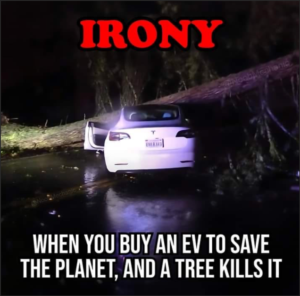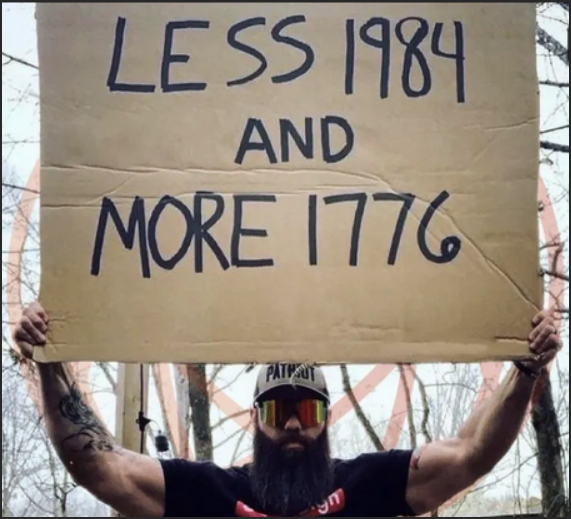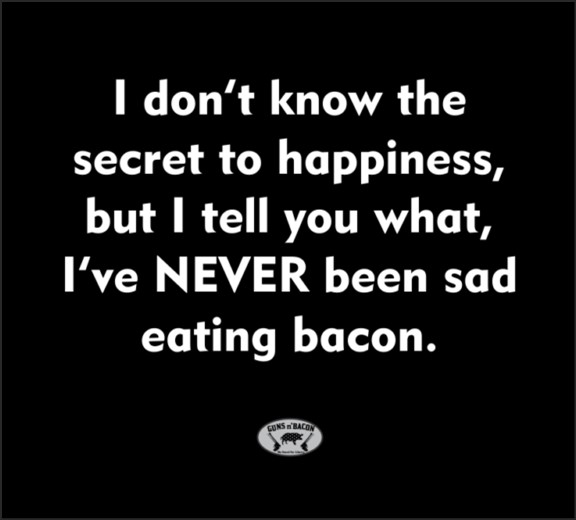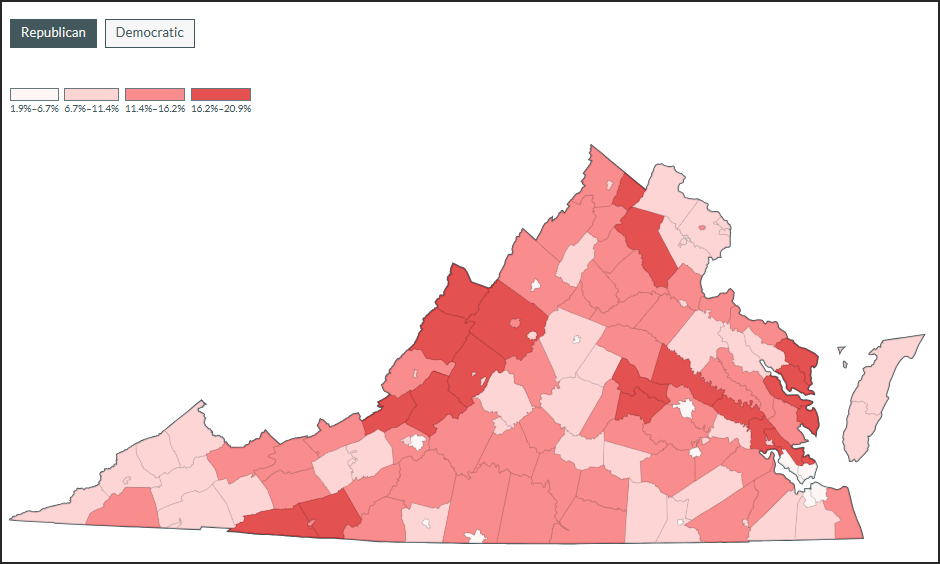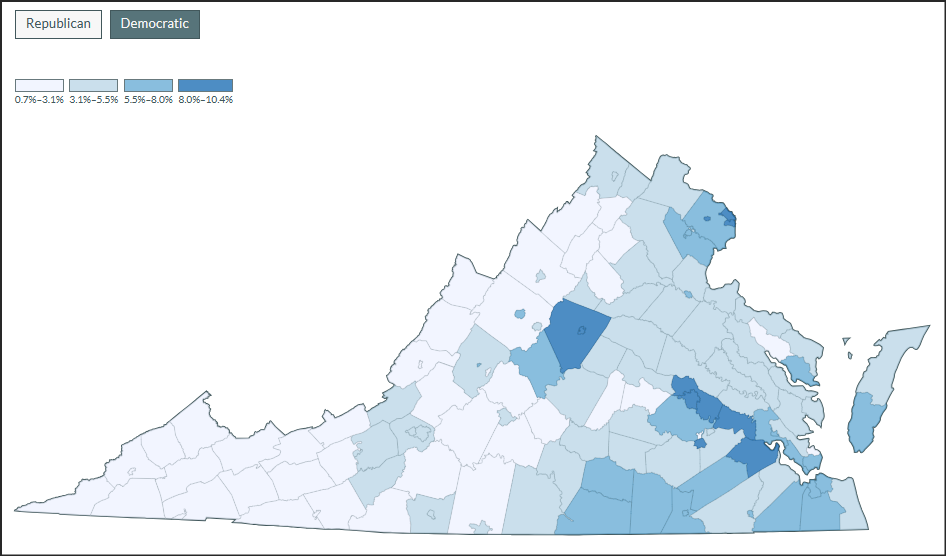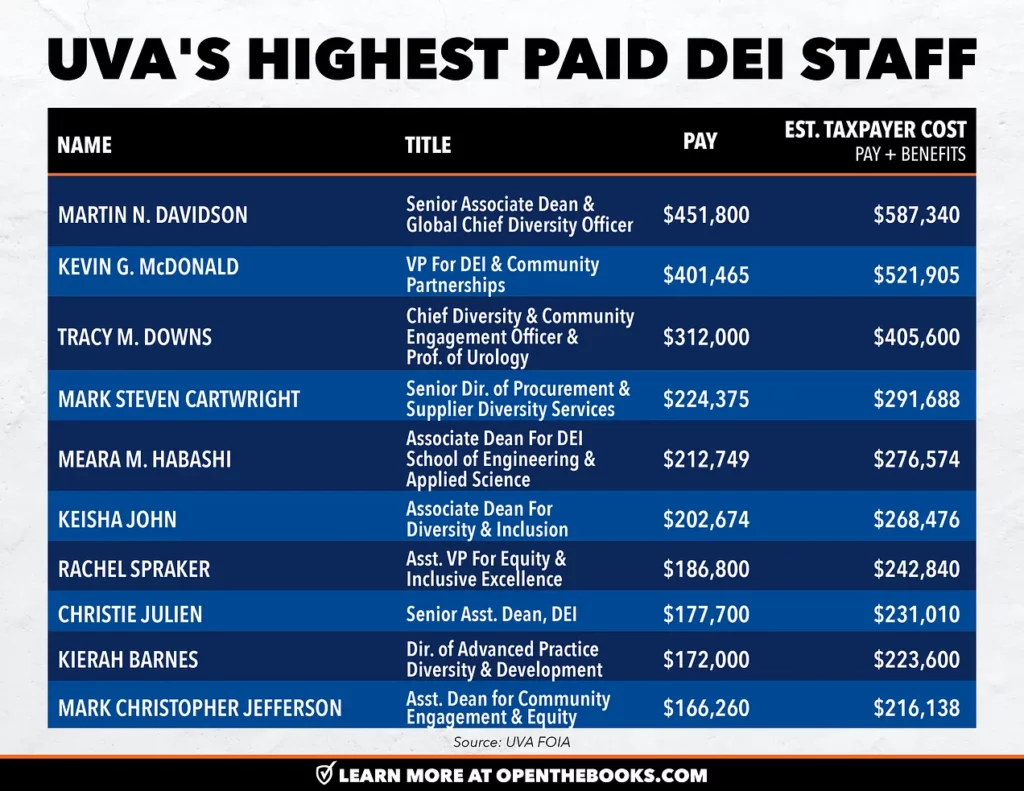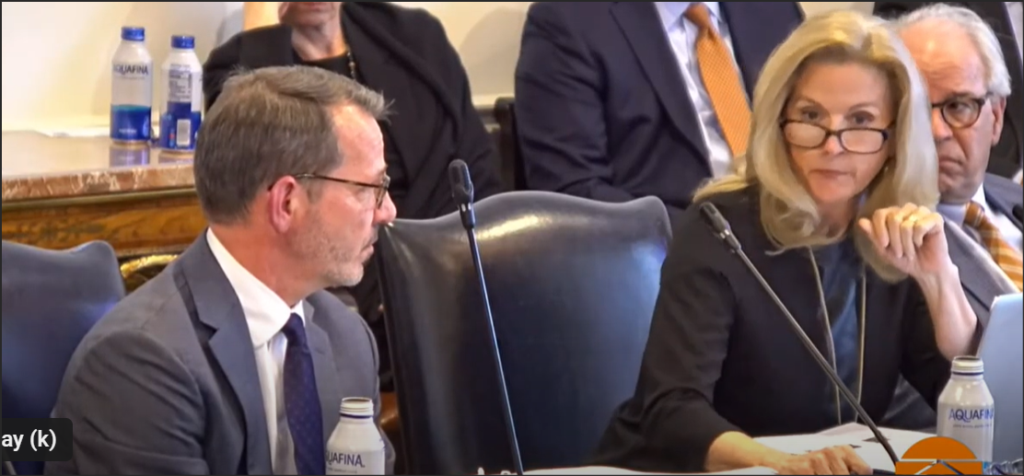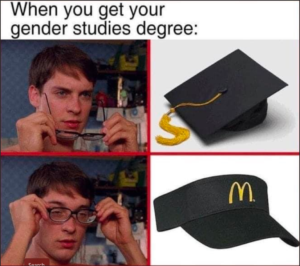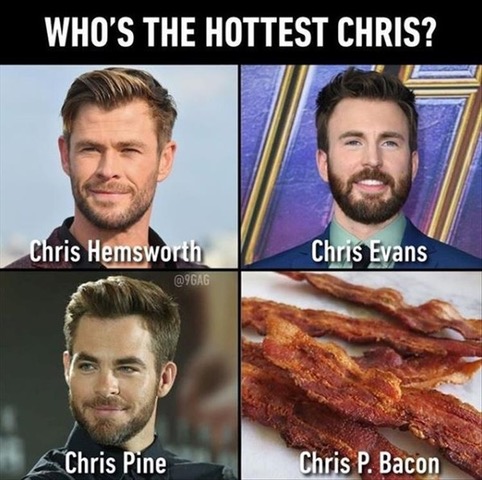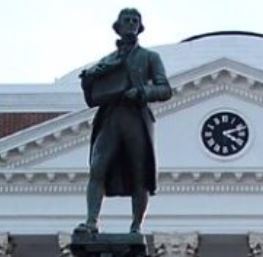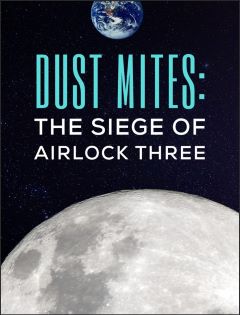
Photo credit: Babs Reh, Flickr
by James A. Bacon
Congratulations to Virginia Commonwealth University for winning a “green light” rating from the Foundation for Individual Rights and Expression (FIRE) after making conscientious efforts to improve its formal free-speech policies. VCU is now one of five universities in Virginia and only 64 nationwide with the designation.
Since 2018, VCU revised several policies governing dorm room decorations, computer use, student conduct, sexual harassment, and reservation and use of campus spaces. But VCU’s sex-based misconduct policy remained a problem, according to FIRE.
“VCU’s old policy included a laundry list of behaviors, such as mocking and name-calling, that the school might have classified — and therefore made punishable — as sexual harassment. It was both overbroad and vague,” said FIRE in a statement.
“A single insult or joke does not qualify as sexual harassment,” explained Laura Beltz, FIRE director of policy reform. “It has to actually be a part of a pattern of conduct that meets that definition of harassment before being punishable. But that was not made clear under the old policy. For all students knew, they were always one strike away from getting in deep trouble on account of something they said.” Continue reading

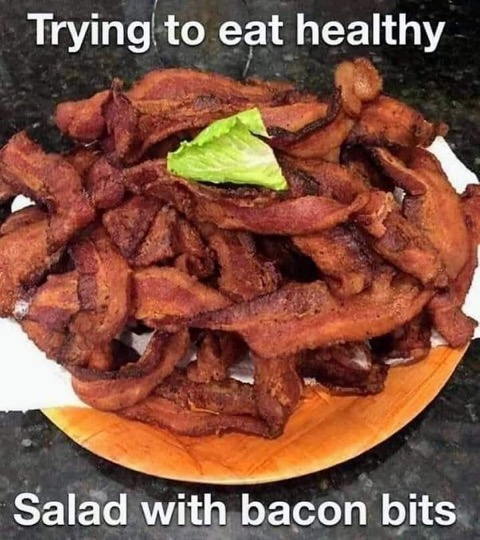
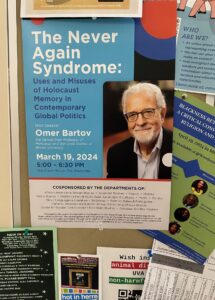 by James A. Bacon
by James A. Bacon